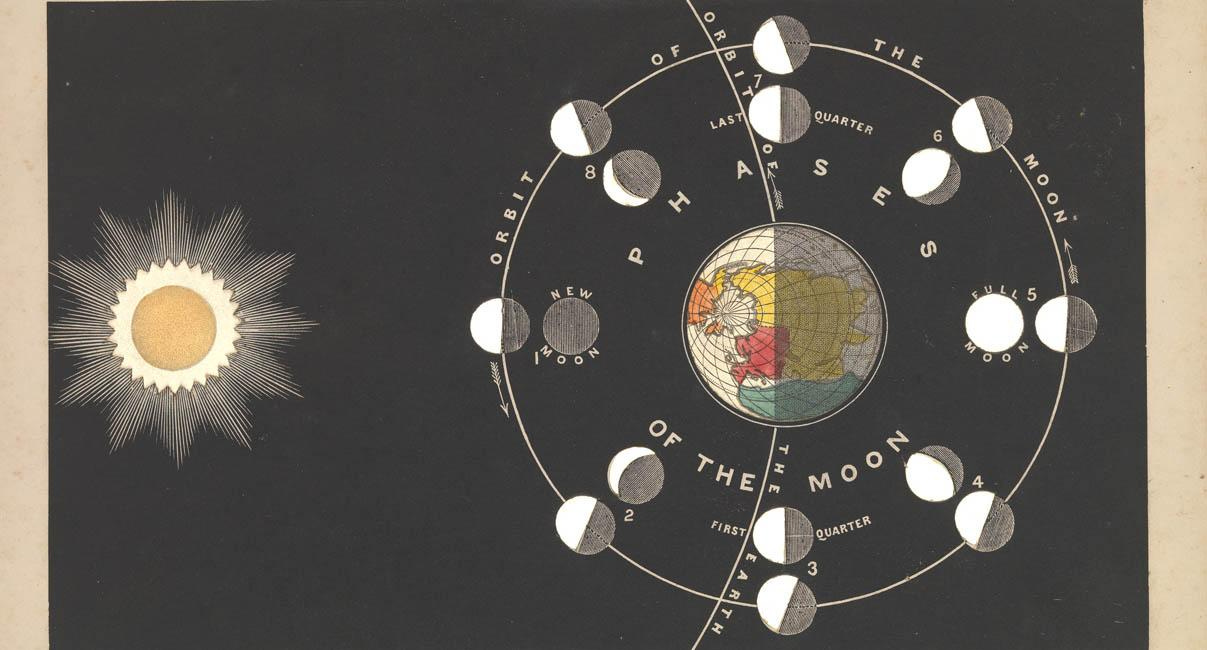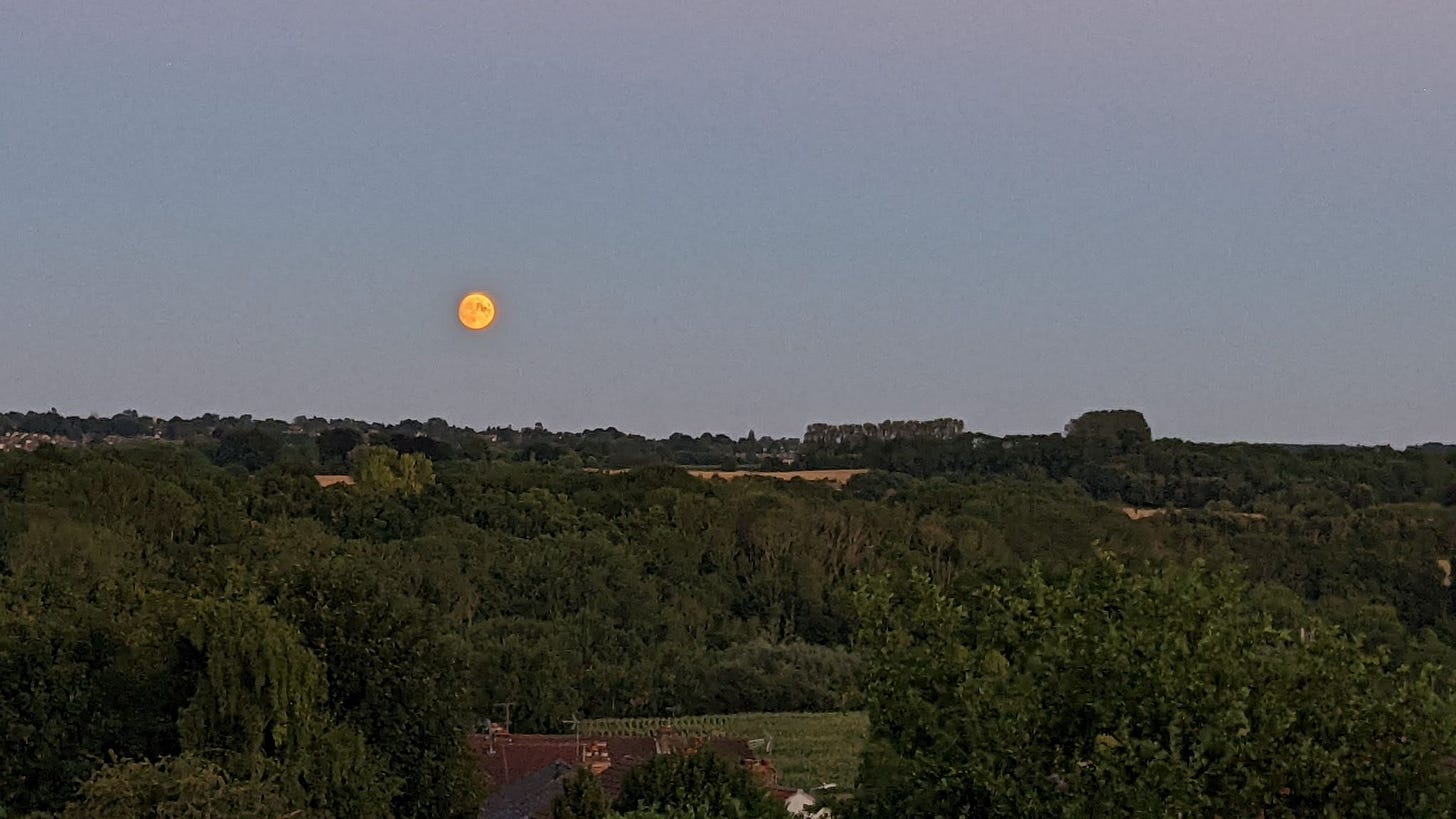Did you know that each full moon has a name? Most of these moon names originate from Native Americans, as tribes used the lunar phases as a method of timekeeping. Different tribes had different names for the full moons which were then adopted by colonial Americans and are now part of many people’s vernacular.

May’s moon is known as the Flower Moon, and it will reach peak illumination in the UK at 6:34pm on Friday 5th May. The moon appears full when the sun and the moon are aligned on opposite sides of Earth, and 100% of the moon’s face is illuminated by the sun. This month’s full moon is particularly special, as there will be a penumbral lunar eclipse, which NASA explains is when “the Moon travels through Earth’s penumbra, or the faint outer part of its shadow”. Unfortunately, we won’t be able to see the eclipse from the UK, but the moon may have a faint reddish glow at certain points between 5-6th May, so look out for that.
Many animals use the moon phases to their advantage. In a study published last year, it was found that Black swifts, which stay in the air nearly all of their lives, change their altitude depending on the moon phase. The swifts were found to rise to incredible altitudes (up to 4,000 metres) during a full moon and lose altitude during a lunar eclipse. Barau's petrels (a species of endangered seabird) always arrive back to their breeding ground, on the island of Réunion in the Indian Ocean, during a full moon. A species of dung beetle, called Scarabaeus zambezianus, relies on polarisation patterns specific to moonlight in order to navigate efficiently and avoid predators. Wildebeest and buffalo have been observed changing their feeding behaviours depending on the brightness of the moon in order to protect themselves from predators. And perhaps most famous of all, for several days after November’s full moon, an incredible natural phenomenon happens in the Great Barrier Reef, when billions of coral polyps release their eggs and sperm into the sea. Apparently this spectacle can be seen from space!
I’m no astronomer, so I am hoping I have got all of that right… but I just find the moon fascinating. If you have any more moon facts, or a special moon story, please share in the comments!
To celebrate this month’s Flower Moon, I have a few Nature Notebook prompts for those of you who have started a nature journal. Hopefully one catches your eye!
Look up at the moon today. When did you see it? Was it during the hours or darkness or when the sun was still up? Write down anything you noticed about the moon today or how it made you feel.
Find a pencil and do some bedtime drawing of the Flower Moon - what craters can you see?
Explore the different names for each month’s moon and how they came about.
May’s moon is the Flower Moon - how can you pay homage to that this month? What other names have been given to May’s moon?
Do you believe the moon can affect human behaviour, just as it does the tides and the coral of the Great Barrier Reef? Explore what this means or how you think you might be affected by the lunar phases.
Draw each moon phase and label each phase with its name.
Which other planets have moons and what are they called? Imagine what those moons may look like and do some doodling.
Next week we’ll be looking at swifts in more detail. We had four screaming over our house last weekend, so I am hoping more will return from Africa soon!







The phases of the Moon are fascinating and always interested me. I have often referred to the Native American names for the full moon but only very recently learned of the Irish / Celtic names.https://www.mabonhouse.co/new-blog/e2dc50pynuataxug5yuw421674c9bf